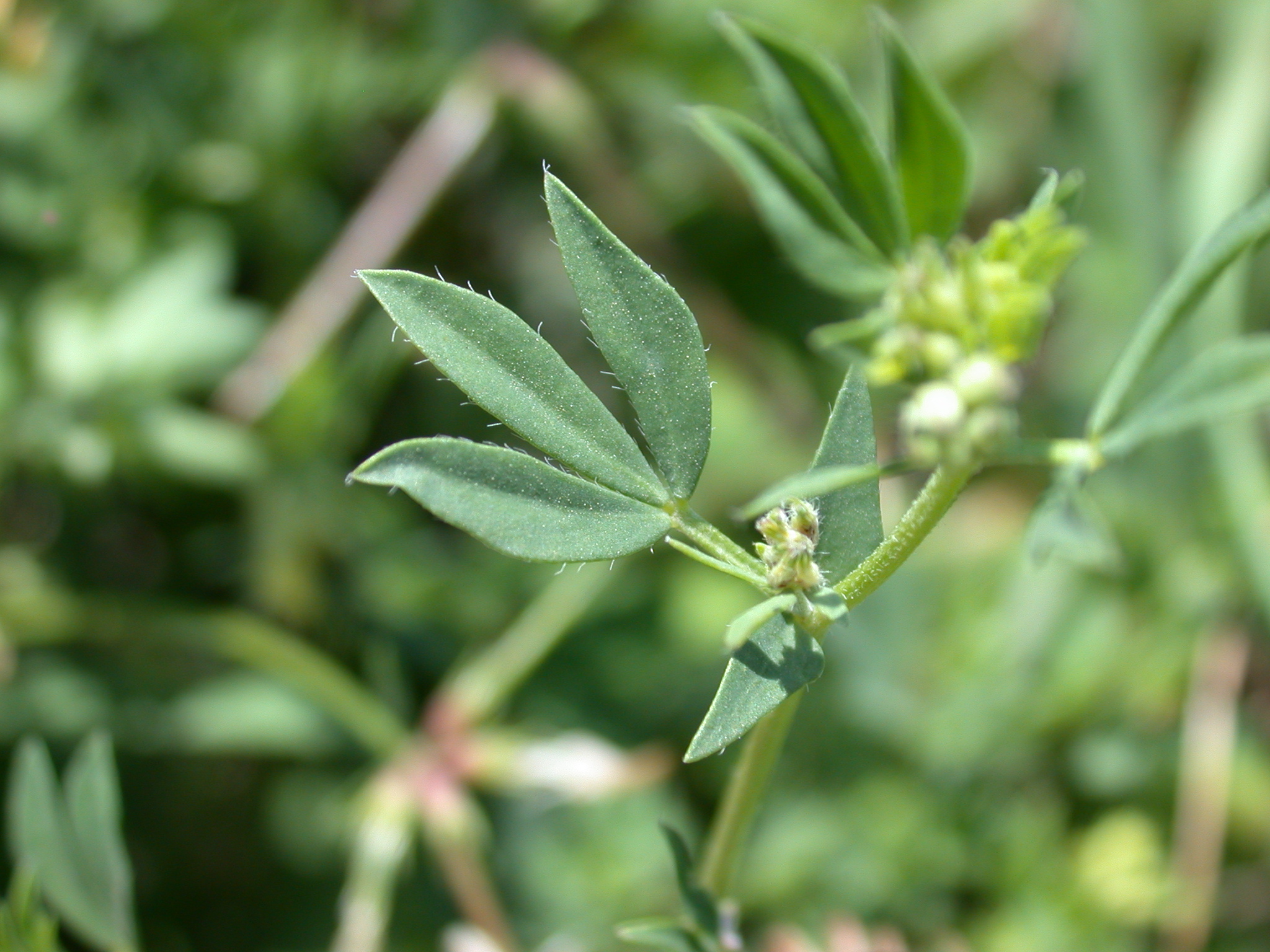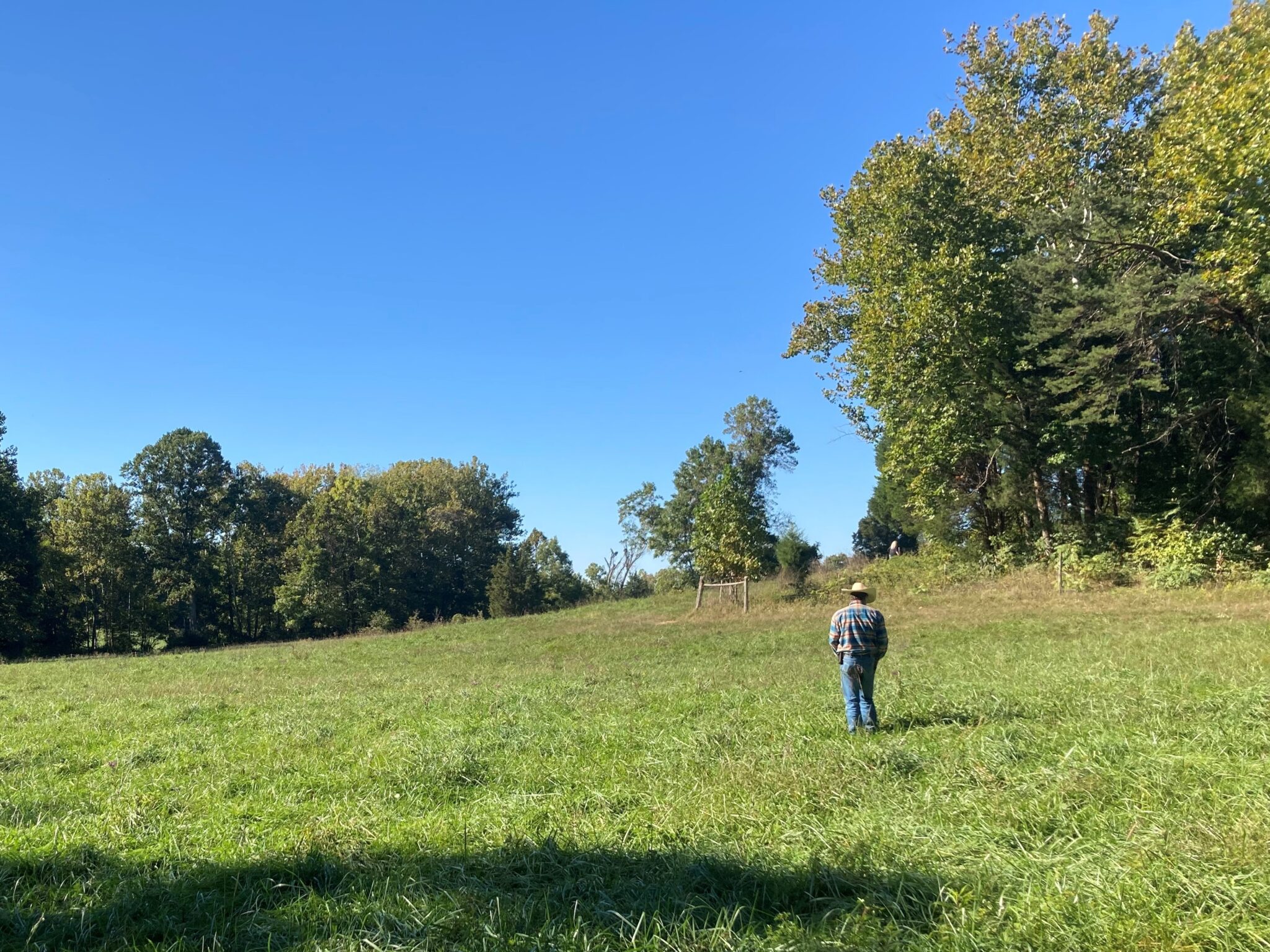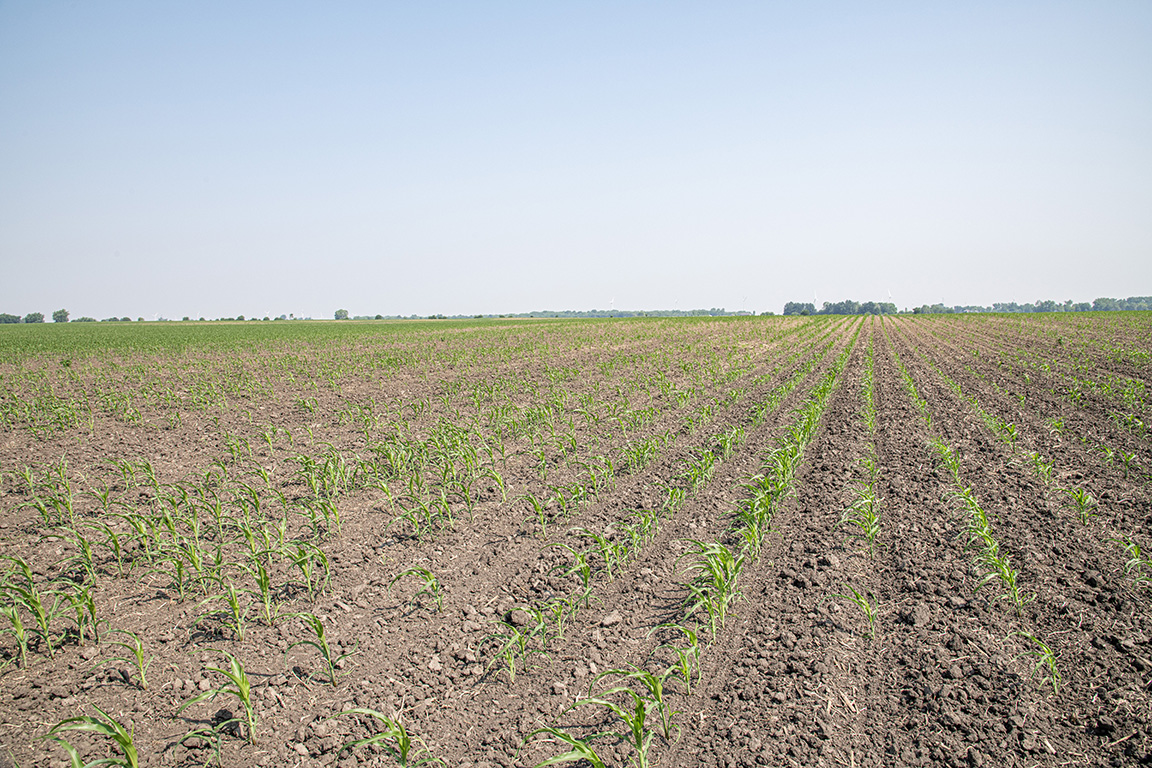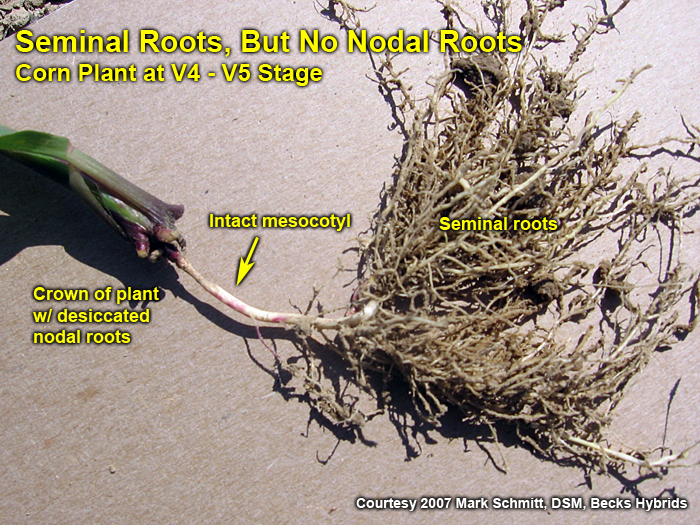Armyworm Pheromone Trap Report – 2023
Armyworm Pheromone Trap Report – 2023

You don’t see birdsfoot trefoil in many Indiana pastures. This perennial legume is in full bloom now with obvious bright yellow-orange flowers.

Managing pasture properly requires much skill, just like any agronomic crop.

This week, I was contacted about a 300+ acre, 5-6 leaf cornfield with multiple problems, described as plants dying and toppling over with feeding damage at the base of the roots.
Armyworm Pheromone Trap Report – 2023
Water use for wheat, Rye. and perennials has been 1.5” to 1.8”/ week.

The last several weeks have seen very little precipitation across Indiana. Figure 1 illustrates how much was received compared to the climatological normal amount from May 9 through June 7. The entire state received amounts less than normal (where normal would be 100 percent on the map) with central and northeastern Indiana having received less than 25 percent of normal amounts. This has resulted in browning lawns, lowered ponds and streams, and most vegetation starting to look stressed. Why is this happening and how long will it last? While the El Niño – Southern Oscillation (ENSO) global teleconnection pattern is shifting from the La Niña phase (that has been around for the better part of three years, now) to the El Niño phase, it is difficult to attribute this dryness to ENSO. Historically, ENSO phases have had weaker correlations to temperature and precipitation in the Midwest – particularly[Read More…]
Insecticide recommendations for controlling in-season infestations have been updated for corn, soybean and alfalfa.
He shares weed management tips and what growers are facing right now.

Excessive drying of the upper soil profile is conducive for the development of what some of us affectionately call the “rootless corn” or “floppy corn” syndrome.
© 2025 Purdue University | An equal access/equal opportunity university | Copyright Complaints | Maintained by Pest&Crop newsletter
If you have trouble accessing this page because of a disability, please contact Pest&Crop newsletter at luck@purdue.edu.